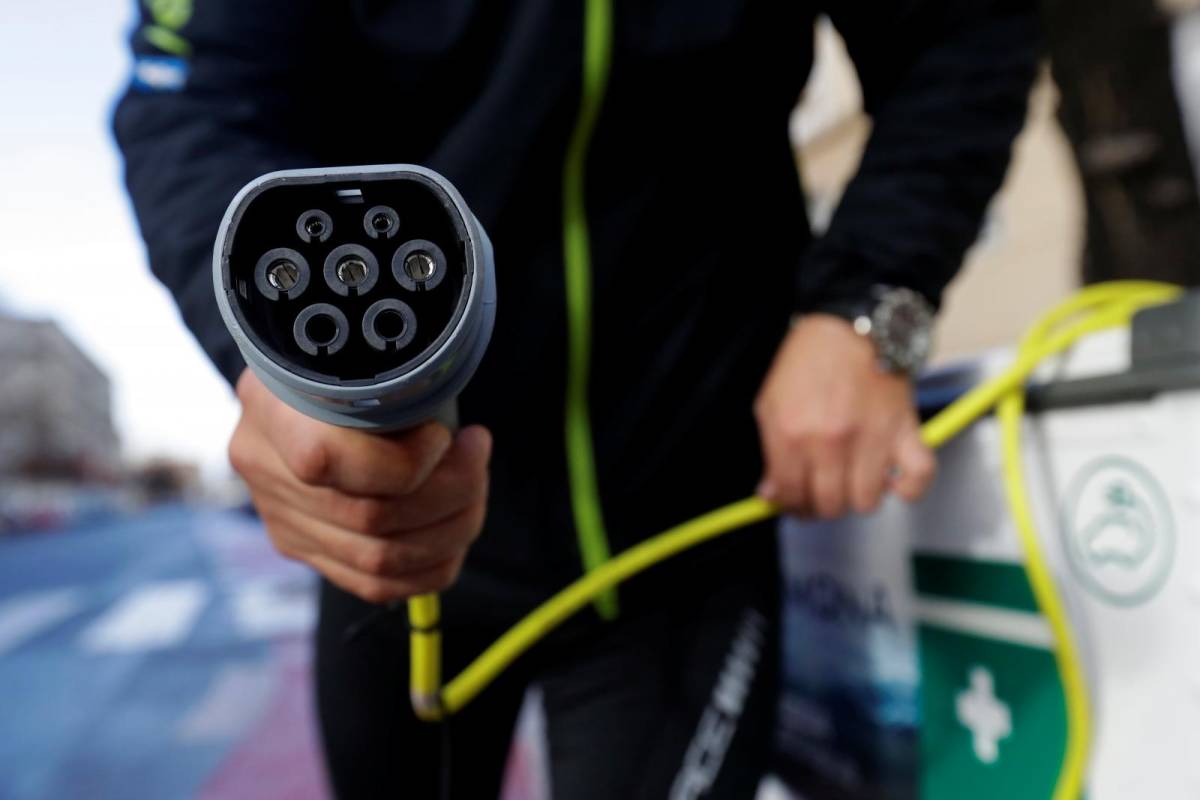The survey shows that 78 per cent of all respondents attributed last mile delivery vehicles as one of the reasons for rising air pollution in the cities, with 67 per cent of all respondents supporting a switch to EV vehicles by the delivery companies to reduce air pollution and mitigate climate change…reports Asian Lite News
A new consumer survey made public on Monday showed an overwhelming desire from consumers to see accelerated EV transition from e-commerce to delivery companies in response to air pollution and climate change.
The survey conducted among 9,048 consumers across six major cities — Mumbai, Pune, Delhi, Kolkata, Bangalore and Chennai — shows that 78 per cent of all respondents attributed last mile delivery vehicles as one of the reasons for rising air pollution in the cities, with 67 per cent of all respondents supporting a switch to EV vehicles by the delivery companies to reduce air pollution and mitigate climate change.
The consumer survey was commissioned by the Sustainable Mobility Network and conducted by CMSR Consultants.
“E-commerce, food and grocery and hyperlocal deliveries are a rapidly growing segment in India,” said Gajendra Rai, Director of CMSR Consultants.
“Tier 1 Cities comprise a core market for most of these delivery companies, so our survey across the six Indian cities is highly indicative of overall consumer perceptions of the companies and their current use of delivery vehicles.
“We have also tried to ensure that the maximum respondents (94 per cent) are from the 18-45 years age group, spread across the city who again represent the core user base for the companies,” he said.
The survey, primarily conducted offline (89 per cent) through on-ground interviews, also finds that an overwhelming majority of respondents (93 per cent) believe proactive action and transition by one company can encourage other companies and create rapid change in the sector.
The respondents also stressed the need for a socially just transition of their delivery fleets by companies with 38 per cent stressing that companies should either lease or purchase electric vehicles for their delivery partners and workers, 31 per cent respondents saying companies should provide financial incentives to delivery partners for buying electric vehicles and another 19 per cent stating that support should be provided to the delivery partners to retrofit their existing delivery vehicles.
The survey also finds that people in the cities of Mumbai (66 per cent), Pune (78 per cent) and Delhi (78 per cent) have said they would prioritize purchases from companies which make commitments that are in line with state government targets to rapidly decarbonize their fleets.
Maharashtra sets a 25 per cent target for electric vehicles among e-commerce, delivery and logistics service providers in the state by 2025, while Delhi’s draft Motor Vehicles Aggregator Scheme sets EV transition targets for e-commerce and last mile delivery aggregators along with a 100 per cent EV adoption target by April 1, 2030.
As more countries adopt electric vehicles (EVs), the EV powertrain systems Market is set to reach $107 billion by 2029, according to a new industry report.
The EV production will grow at a CAAGR (compound annual average growth rate) of 26 per cent over 2021 to 2026, with volumes approaching 54.1 million units by 2029, reports global research firm Strategy Analytics.
This, in turn, will drive demand for xEV powertrain electronics systems to reach $107 billion by 2029 — a CAAGR growth of 37 per cent.
The push to electric vehicles is being dictated by consumer awareness and government regulations and mandates related to climate change and the need to reduce emissions and reverse the impacts of global warming.
The xEV powertrain systems include the key systems necessary for operation of mild hybrid, full hybrid, plug-in hybrid, and battery electric powertrain.
This includes the battery management systems, DC/DC converters, main traction inverter, electric motor, and onboard charger.
“Several trends are shaping powertrain technologies, but the underlying goal is to reduce size and weight while maximising performance and efficiency,a said Asif Anwar, executive director at Strategy Analytics.A
The main traction inverter and electric motor will drive overall demand, from over 50 per cent in 2021 to 57 per cent by 2029, reflecting the push towards battery electric vehicle powertrains as well premium and super-premium vehicle segments incorporating multiple systems per vehicle.
“Integration, cloud-based analytics, wide bandgap semiconductors such as silicon carbide and gallium nitride, as well as novel materials for electric motors and 800V architectures are all being utilised to achieve these aims,” said Anwar.
This will drive the market and maintain momentum towards the electrification of the automotive industry, the report mentioned.

